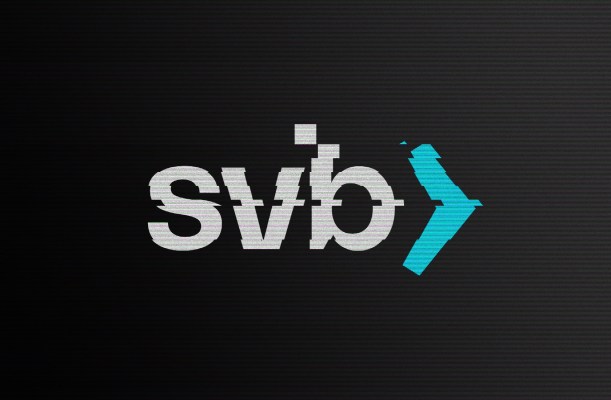Silicon Valley Bank’s clients received a surprising email in their inboxes late Monday evening from the bank’s new CEO Tim Mayopoulos stating that the institution was not only open, it was also business as usual.
“Silicon Valley Bank, N.A. is open and conducting business as usual,” the email, obtained by TechCrunch from multiple sources, read. At the time of publication, SVB’s website has been restored. Still, some founders tell TechCrunch they are struggling to access their accounts and waiting for wires to officially clear.
Mayopoulos, who joined the company as CEO on Monday, said that new deposits — as well as existing ones — are protected by the FDIC in the new bank, called Silicon Valley Bank, N.A.
The explanation behind the surprising return of SVB is that the FDIC transferred deposits and assets of the former SVB “to a newly-created, full-service FDIC-operated ‘bridge bank’,” the e-mail describes. “All wire payments entered on March 9 or 10 that have not already been processed have since been canceled. If you wish to consummate those transactions, you need to reinitiate them.”
Mayopoulous, meanwhile, is tapping into his experience during the 2008 recession to guide the new bank through the crisis.
The executive was part of the leadership suite at mortgage financing company Fannie Mae in 2008, and then went on to serve as chief executive of that same business. Most recently, he was the president of Blend, which brings software to the consumer banking industry. Mayopoulous shared his experience with clients in the email adding that he’s “very proud of work we did there to restore the company to profitability and to stabilize the housing finance system in a period of unprecedented challenge.”
SVB’s new CEO says he wants to restore confidence, and it’s only been days since the the bank’s deposits were taken over by regulators and its previous chief executive, Greg Becker, stepped down amidst a historical bank run. SVB was seen as the second-biggest U.S. bank failure ever. Its U.K. arm was acquired by HSBC UK for a symbolic £1, saving it from insolvency.
Regulator intervention provided relief to the tech sector, including startup founders who have been scrambling to make payroll and keep operations running despite uncertainty of their access to funding.
“We look to restore your confidence and support you and your companies at this time,” the email ends. The FDIC’s latest statement confirmed SVB’s new track, adding that senior management has been removed from the bank.
By resuming U.S. operations, SVB may now have a better chance to convince an institution — whether that’s another bank or private equity firm — to buy its assets — especially after the last attempt to do so failed. There are still, of course unanswered questions, including what will happen to SVB’s assets and whether customers will return to the bank.
The big questions ahead are what happens to the rest of SVB’s assets, and are founders going to turn back to the institution at the same clip in which they left it?
TechCrunch reached out to SVB for further information and will update the story accordingly. TechCrunch has not been able to reach FDIC for comment and will update the story if this changes.
How are you reacting to SVB’s crash? What are you telling your fellow employees, portfolio companies, founders and investors? For tips and thoughts, you can reach Natasha Mascarenhas on Twitter @nmasc_ or on Signal at +1 925 271 0912. Her e-mail is natasha.m@techcrunch.com. Anonymity requests will be respected.

